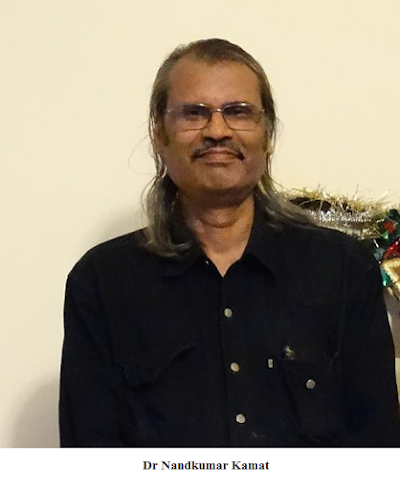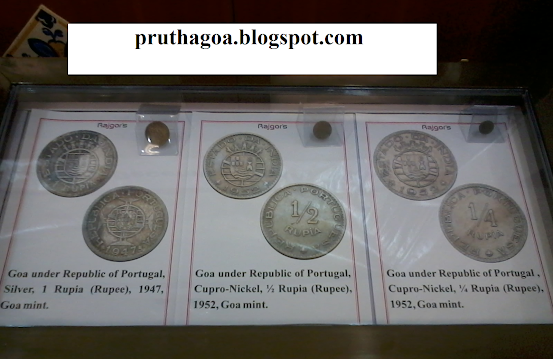Goa’s Forts Revisited

The Deccan Heritage Foundation, a UK registered charity, is responsible for the publication of a new guidebook on the forts of Goa. Portuguese Sea Forts of Goa, with Chaul, Korlai and Vasai is a new publication in a series of books documenting various places in the Deccan region of India. As the first guidebook to describe the forts along the Arabian Sea coast, Portuguese Sea Forts of Goa, with Chaul, Korlai and Vasai aims to inspire the desire to preserve and restore heritage sites, along with providing knowledge about them. It is being hailed for being informative in an engaging manner and devoid of academic jargon. Architectural historian Amita Kanekar has researched and written the guidebook while the photographs are the handiwork of Surendra Kumar. Maps have been added to the book to encourage people to visit the forts and thus to give them an idea about military architecture and the Portuguese influence on it in Goa. These forts are mostly protected but the general public and tou





